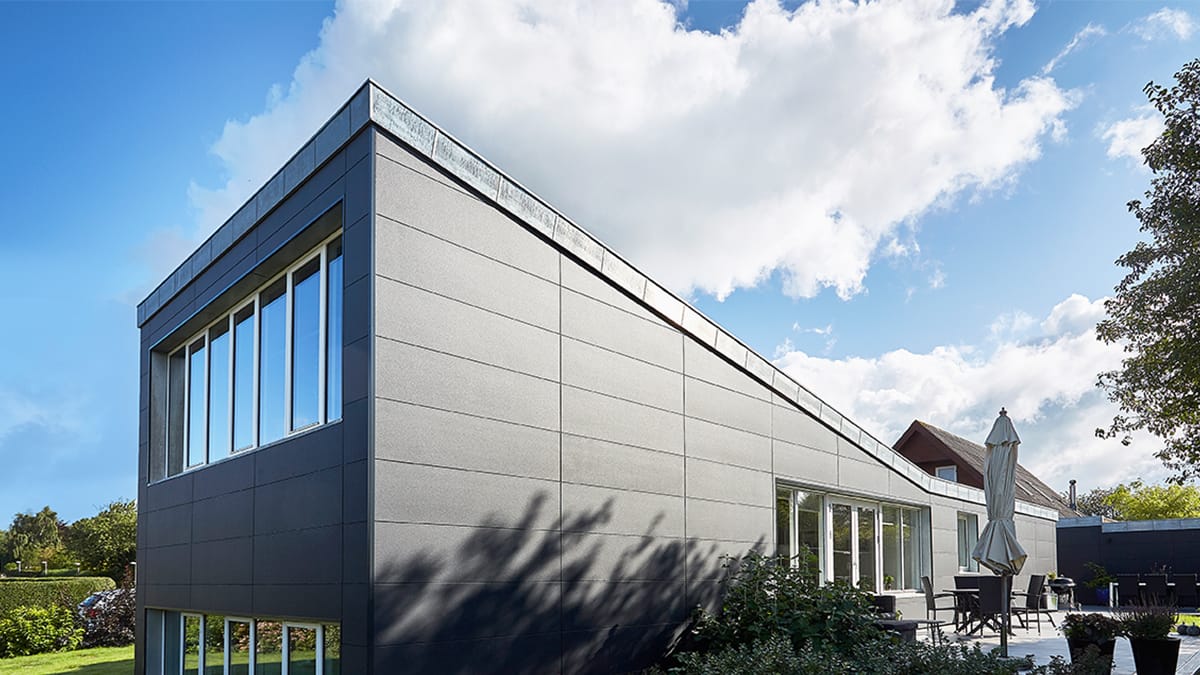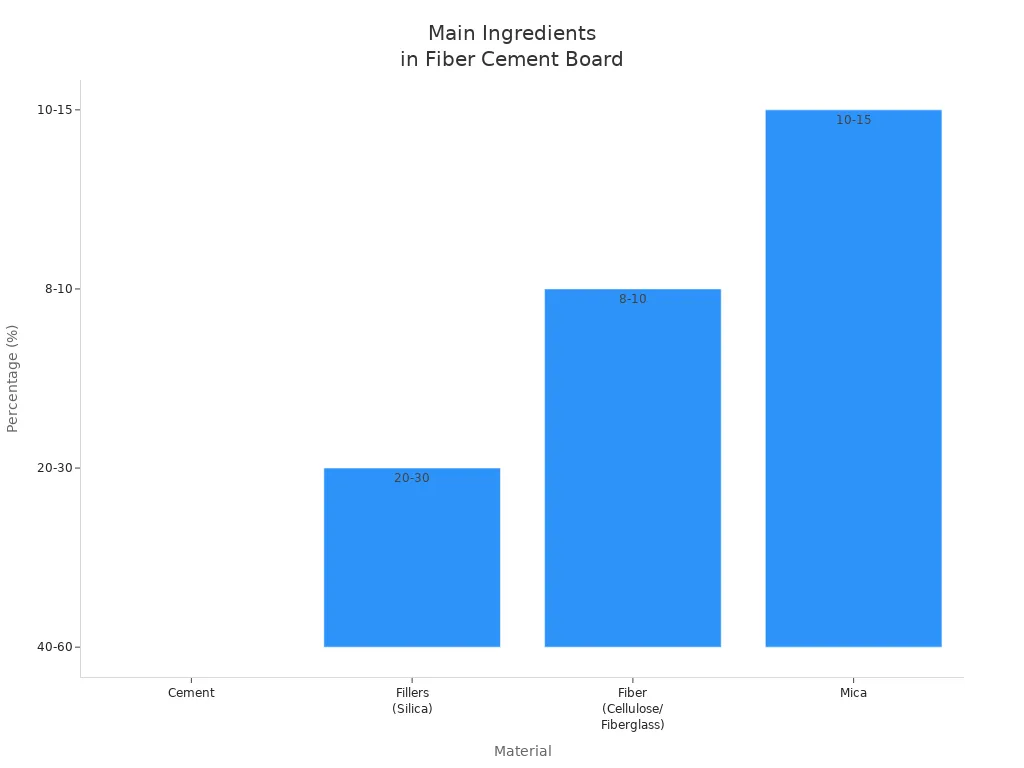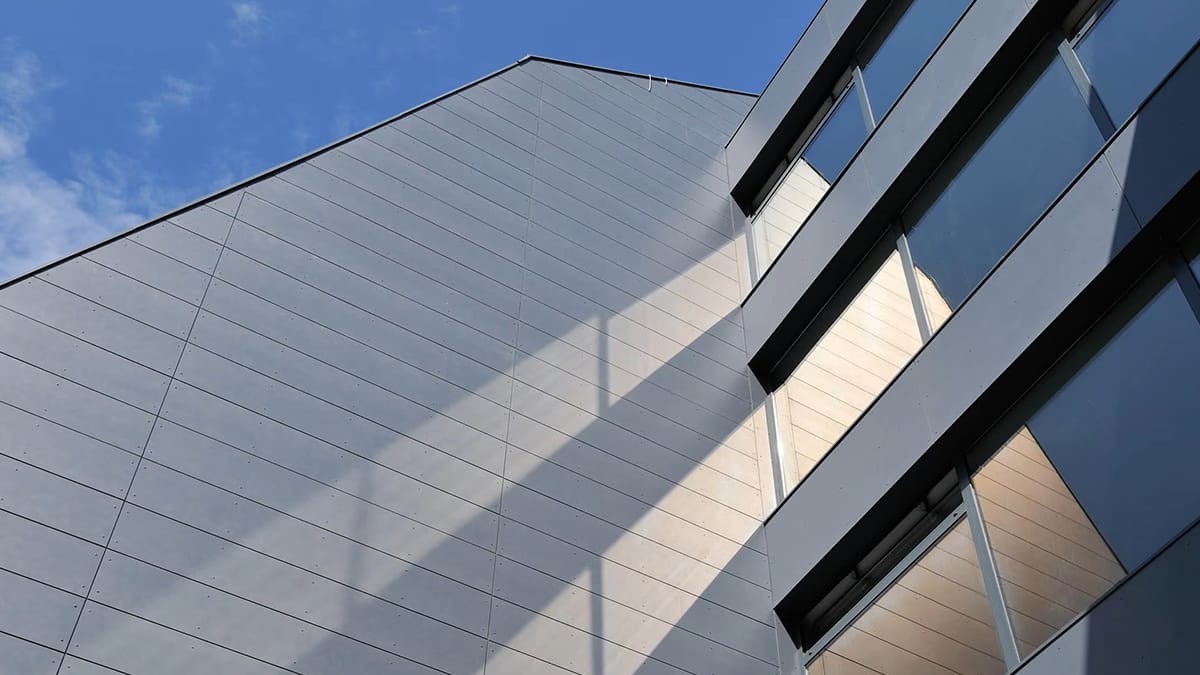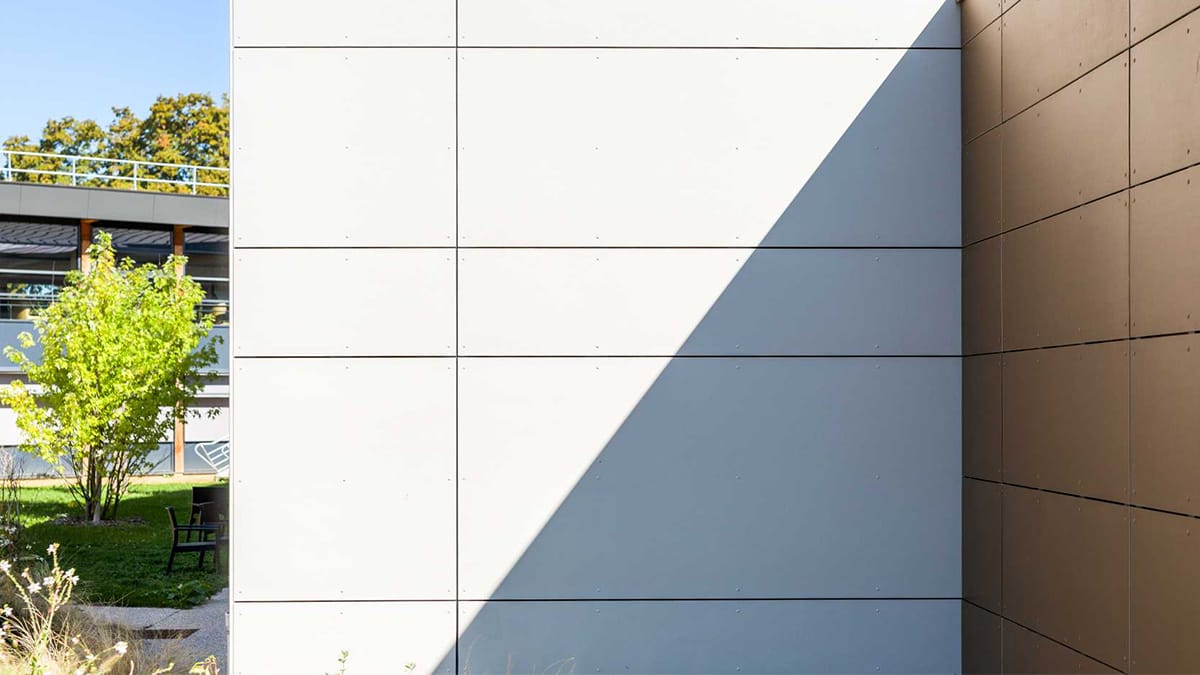
07 Nov The Difference Between Cement Board And Fiber Cement Board
Table of Contents
- 1 Key Takeaways
- 2 Cement Board Overview
- 3 Fiber Cement Board Overview
- 4 Difference Between Cement Board and Fiber Cement Board
- 5 Fiber Cement vs. Cement Board: Pros and Cons
- 6 Choosing Guide
- 7 FAQ
- 7.1 What is the main difference between fiber cement siding and cement board?
- 7.2 Why should you choose fibre cement siding over other siding options?
- 7.3 What are the benefits of cement board in wet areas?
- 7.4 How does fiber cement siding compare to other siding options for exterior walls?
- 7.5 Can you paint or customize fibre cement siding?
The main difference between cement board and fiber cement board is what they are made of and how you use them. Cement board has cement and strong fibers mixed together. Fiber cement board has cement, fibers, sand, and silica. This makes fiber cement board tougher and good for more jobs. Here is a chart to help you see the differences:
Material Type | Composition | Typical Uses |
|---|---|---|
Cement Board | Cement, reinforcing fibers | Underlayment, tile backer |
Fiber Cement Board | Cement, reinforced fibers, sand, silica | Siding, cladding, non-combustible applications |
Picking the right board is important. The fiber cement board market is getting bigger in homes and businesses. The kind of cement board you choose can change how strong, safe, and expensive your project is.
Key Takeaways
Cement board is made from cement and fibers. Fiber cement board has sand and silica too. This makes it stronger and more bendable.
Cement board works well in wet places like bathrooms. Fiber cement board is good for outside walls because it lasts longer.
Fiber cement board can look like wood or stone. Cement board usually looks plain and gray.
Both boards do not catch fire easily. Fiber cement board is better at staying dry. It does not rot or get moldy fast.
Think about your money. Cement board costs less at first. Fiber cement board can save money later because it lasts longer and needs less care.
Cement Board Overview
Composition
Cement board is made from strong materials. It uses cement, cellulose fiber, and fire-resistant fillers. Some companies add recycled things to help the environment. Modern cement board does not have asbestos or formaldehyde. You do not need to worry about harmful stuff. Here is a table that shows what is inside cement board:
Component | Description |
|---|---|
Cement | Main part that holds the board together. |
Cellulose Fiber | Makes the board strong and bendy. |
Fire-Resistant Fillers | Helps the board not catch fire. |
Environmentally Friendly | Has recycled things, no asbestos or formaldehyde. |
Uses
Cement board can be used in many places at home or work. It is good where you need strength or water protection. Here are some ways people use cement board:
Ceilings: It does not sag or get ruined by water, so it works well in wet rooms.
Cladding: You can put it on outside walls because it does not crack or bend easily.
Partition Walls: Builders use it for fast and strong walls in homes and offices.
Flooring: It gives a hard, water-safe base for tiles or other floors.
Pre-fabricated Wall Panels: Using panels can make building faster.
Roofing Underlay: It keeps water out under roof tiles.
HVAC Ducts: It is safe for ducts because it does not burn.
Wet Areas: It keeps showers and kitchens dry and safe.
Cupboards: It makes cupboards strong in places that get wet.
Features
Cement board is different from other building materials. It lasts a long time and does not need much care. It does not burn, rot, or bend. It helps keep your home safe from fire and water. The table below shows how cement board is better than other materials:
Feature | Cement Board | Other Building Materials |
|---|---|---|
Composition | Made of cement and cellulose fibers | Usually cement or wood |
Durability | Very strong and easy to care for | Not always as strong |
Fire Resistance | Does not burn or spread fire | Wood and some boards can burn |
Moisture Resistance | Does not rot or get ruined by water | Wood can rot and break down |
Eco-Friendliness | Uses recycled things | Vinyl comes from oil |
Aesthetic Versatility | Can look like wood, stucco, or stone | Not many design choices |
Application | Works inside and outside | Often only for certain places |
Performance in Weather | Handles bad weather well | Some may crack or bend |
Tip: If you want something strong that lasts a long time, cement board is a good pick.
Fiber Cement Board Overview
 Composition
Composition
Fiber cement board is made from strong and bendy materials. Companies mix cement, cellulose fibers, water, and special extras. This mix helps the board handle tough places. Each part does something important:
Cement holds everything together and makes it strong.
Cellulose fibers come from wood or plants. They help the board bend and stop cracks.
Water helps the cement get hard.
Additives make the board last longer and help it set right.
Here is a table that shows what is in fiber cement board:
Material | Percentage (%) | Purpose |
|---|---|---|
Cement | 40-60 | Structure, strength, fire resistance |
Fillers (Silica) | 20-30 | Density, stability |
Fiber (Cellulose/Fiberglass) | 8-10 | Flexibility, crack prevention, strength |
Mica | 10-15 | Fire resistance, stability |
Additives (Aluminum Stearate, PVA) | Small amounts | Water resistance, setting control |
Cenospheres (optional) | Small amounts | Lower weight, maintain strength |

Uses
Fiber cement board works in many places in buildings. It is strong and does not get ruined by water. You can use it inside or outside. Here are some ways people use it:
Exterior cladding keeps rain, wind, and sun out.
Siding makes homes look new and stops rot and fire.
Roofing panels protect your house from bad weather.
Tile backer boards are good for kitchens and bathrooms.
Fire-rated walls and partitions help keep buildings safe.
Outdoor sheds and facades last longer with this board.
Features
Fiber cement board has many good things that builders like:
It does not get damaged by rain or sun.
The board does not burn and is safe from fire.
You can pick styles that look like wood, stone, or brick.
It fits both new and old building designs.
It does not need much care and stays nice for years.
Tip: If you want a board that is strong, safe, and looks good on your home’s outside, fiber cement board is a great choice.
Difference Between Cement Board and Fiber Cement Board
When you look at the difference between cement board and fiber cement board, you find several key differences that can affect your project. You need to know how each material works, how long it lasts, how it feels, how much care it needs, and how much it costs. This section will help you see the difference between cement board and fiber cement board in a clear way.
Material
The main difference between cement board and fiber cement board comes from what goes inside each board. Cement board uses cement, sand, and water. Fiber cement board adds cellulose fibers to this mix. These fibers come from plants or wood. They make the board stronger and more flexible. Because of this, fiber cement board can handle more stress and bending without breaking. The key differences in material also change how you use each board.
Feature | Cement Board | Fiber Cement Board |
|---|---|---|
Main Ingredients | Cement, sand, water | Cement, sand, water, cellulose fibers |
Flexibility | Less flexible | More flexible due to fibers |
Strength | Strong | Stronger and less likely to crack |
Note: The difference between cement board and fiber cement board in material makes fiber cement board a better choice for places where you need extra strength and flexibility.
Durability
You want your building materials to last a long time. The difference between cement board and fiber cement board shows up in how they handle water, weather, and daily use. Fiber cement board stands up well to moisture and does not let mold or mildew grow easily. It works well in bathrooms, kitchens, and outside walls. Cement board also resists water, but it does not have the same level of flexibility. If you use fiber cement board with a lot of recycled fibers, it can lose some strength and take in more water. This can cause the board to bend or paint to peel after long exposure to moisture.
Fiber cement board with more recycled fibers may:
Lose up to 50% of its strength after soaking in water for 96 hours.
Show more bending and paint peeling if not sealed well.
Cement board keeps its shape better in wet areas but may not be as flexible.
Both boards offer good fire resistance. Most high-quality boards meet top fire safety standards, such as Class A ratings in the United States and Class 0 or 1 in the UK.
Texture
Texture is another difference between cement board and fiber cement board. Cement board usually feels rough and grainy. It looks gray and plain. You often cover it with tile or another finish. Fiber cement board can look like wood, stone, or brick. It feels smoother and comes in many styles. You can use it as siding or cladding and leave it exposed for a nice look.
Texture Feature | Cement Board | Fiber Cement Board |
|---|---|---|
Surface Feel | Rough, grainy | Smooth or wood-like |
Appearance Options | Plain, gray | Many colors and patterns |
Common Use | Covered by tile | Exposed as siding |
Tip: If you want your walls to look like wood or stone, fiber cement board gives you more choices.
Maintenance
Maintenance is a key part of the difference between cement board and fiber cement board. Fiber cement board needs little care. It resists mold, mildew, and rot. You only need to clean it sometimes and check the paint or sealant. Cement board also needs little care, but you usually hide it behind tile or another finish. If you use fiber cement board outside, make sure to seal the edges and joints. This keeps water out and helps the board last longer.
Fiber cement board:
Needs sealing on edges for best results.
Resists mold and mildew.
Needs repainting every few years if used outside.
Cement board:
Needs little care when covered by tile.
Does not rot or burn.
Cost
Cost is often the biggest difference between cement board and fiber cement board. You want to know which fits your budget. In the United States, cement board costs about $3.1 to $4.3 per square foot. Fiber cement board costs more, from $5 to $14 per square foot. The higher price for fiber cement board comes from its extra strength, flexibility, and design options.
Board Type | Average Cost (per sq. ft.) |
|---|---|
Cement Board | $3.1 – $4.3 |
Fiber Cement Board | $5 – $14 |
Note: The key differences in cost mean you should pick the board that matches your needs and budget.
When you compare the difference between cement board and fiber cement board, you see that each has its own strengths. Knowing these key differences helps you choose the right board for your project.
Fiber Cement vs. Cement Board: Pros and Cons
Cement Board Pros
You get many benefits when you use cement board in your project. Builders often choose cement board for wet areas like bathrooms and kitchens. Here are some reasons why:
Moisture Resistance: Cement board does not swell or break down when it gets wet.
Mold and Mildew Resistance: It helps keep your space healthy by stopping mold and mildew.
Durability: You can put heavy tiles on cement board without worrying about cracks.
Fire Resistance: Cement board adds a layer of safety in case of fire, which is important in kitchens.
Easy Installation: You can cut and install cement board with regular tools.
You can trust cement board to last a long time in places that get wet. It keeps your walls and floors strong and safe.
Cement Board Cons
Cement board has some drawbacks you should know before you start your project. The table below shows the most common problems:
Disadvantage | Description |
|---|---|
Heavy weight | You may find cement board hard to carry and lift because it is much heavier than drywall. |
Installation difficulty | You need special tools for cutting and fitting, which can make installation tough. |
Higher cost | Cement board costs more for materials and labor than drywall. |
Poor insulation | Cement board does not keep heat in unless you use insulated boards. |
Lack of flexibility | The board is stiff and does not bend, so you cannot use it on curved walls. |
Unsuitable for wet areas | You should not use cement board in places that stay wet all the time, like pools. |
You need to plan for extra help and tools when you install cement board. The weight and stiffness can slow down your work.
Fiber Cement Board Pros
Fiber cement board gives you strong advantages, especially for outside walls and siding. You can use it in many ways and expect it to last for years. Here are some top benefits:
Exceptional durability. Fiber cement board resists bending, fading, and cracking, even in tough weather.
Aesthetic versatility. You can pick from many textures and colors. Some boards look like wood or stone.
Non-combustible. Fiber cement board does not burn, so it is safe for fire-prone areas.
Good insulation properties. The board helps keep your home warm in winter and cool in summer, which can lower energy bills.
Sustainable benefits. Fiber cement board does not have asbestos. It is recyclable and made with a low-carbon process.
Long-term value. You spend less on repairs and replacements because fiber cement board lasts for decades.
Fiber cement panels help block heat and noise, making your home more comfortable inside.
You can use fiber cement board for siding, cladding, and other outside jobs. It keeps your building looking good and safe for a long time.
Fiber Cement Board Cons
You should know the challenges before you choose fiber cement board. Contractors report some common problems during installation:
You may find fiber cement board heavy and hard to move. Fifty square feet can weigh about 150 pounds. The board is rigid and can break if you do not handle it carefully.
Cutting fiber cement board releases dust called crystalline silica. Breathing this dust is dangerous, so you need safety gear and special tools.
Contractors say it is not practical to measure and dry every board before installation. If the boards get wet, you may need to delay work, which can cost money and upset clients.
You need to plan for extra labor and safety steps when you install fiber cement board. The weight and dust can make the job harder than other materials.
You also help the environment when you choose fiber cement board made with plant fibers like kenaf. These boards have a lower impact on nature than boards made with glass fibers. The main impact comes from making cement, so using more plant fibers helps reduce harm.
Choosing Guide
 Project Type
Project Type
You need to match the board to your project. For interior walls, check the quality, thickness, and finish of each board. Use this table to help you decide:
Factor | Description | Importance Level |
|---|---|---|
Material Quality | Look for durability, moisture, and fire resistance. | High |
Thickness | Thicker boards give better soundproofing and insulation. | Medium |
Surface Finish | Choose pre-finished or primed boards for easy design. | Low |
Environmental Impact | Pick boards from sustainable sources. | Medium |
Cost | Compare prices but do not sacrifice quality. | High |
You should use fiber cement for exterior siding, cladding, and places that face weather. Cement board works well as a tile backer in bathrooms and kitchens. Avoid using the wrong board for the wrong job. Improper installation or ignoring weight can cause moisture problems or cracks.
Common mistakes:
Skipping proper installation lets water in.
Not checking weight can lead to cracks or loose boards.
Budget
Your budget shapes your choice. Cement board often costs more at first but lasts longer and needs fewer repairs. Fiber cement may cost less up front but can need extra treatments for fire or water safety. Here is a quick comparison:
Material Type | Initial Cost | Long-term Value | Extra Costs |
|---|---|---|---|
Cement Board | Higher | Durable, fewer repairs | None |
Fiber Cement | Lower | May need extra treatments | Fire/water protection treatments |
Plan for both the first cost and future expenses. Choose the board that fits your budget and project needs.
Finish
The finish changes how your project looks. You can pick from many styles for both cement board and fiber cement. Here are some options:
Finish Type | Description |
|---|---|
Smooth Painted Finish | Gives a clean, modern look. |
Textured Finish | Creates a stucco effect with a roller. |
Woodgrain Impressions | Looks like wood, works well with satin or gloss. |
Color Blocking | Uses bold colors for a unique design. |
Fiber cement gives you more choices for outside walls. You can match the look of wood, stone, or brick. Cement board usually stays hidden behind tile or paint. Pick the finish that matches your style and the needs of your space.
Tip: Always check the finish and style before you buy. The right finish can make your project stand out.
When you look at cement board and fiber cement board, you notice some big differences. Fiber cement board stays strong outside for many years and does not need much upkeep. Cement board is good for indoor use but might break if you hit it hard. You should think about these things:
How long the board will last
How much work it takes to keep it nice
How easy it is to use and bend
How much money you will spend over time
How it affects the environment
Choose the board that matches your project, your budget, and your weather. Think about the good and bad points to help you pick the best one.
FAQ
What is the main difference between fiber cement siding and cement board?
Fiber cement siding has extra fibers. These fibers make it stronger and more flexible. Cement board is best for putting under tiles. Fiber cement siding is made for outside walls. It also comes in more styles for your house.
Why should you choose fibre cement siding over other siding options?
Fibre cement siding is tough and does not burn easily. It protects your house from bad weather. Other siding does not last as long or look as nice. Fibre cement siding needs little care. You can pick from many finishes for your home.
What are the benefits of cement board in wet areas?
Cement board works well in bathrooms and kitchens. It does not let water or mold in. It gives a strong base for tiles. Cement board keeps water from hurting your walls or floors.
How does fiber cement siding compare to other siding options for exterior walls?
Fiber cement siding can handle bad weather better than wood or vinyl. Other siding might crack or lose color. Fiber cement siding keeps its color and shape for a long time. This makes it a good choice for your house.
Can you paint or customize fibre cement siding?
You can paint fibre cement siding any color you want. Many people pick it to make their homes look special. Fibre cement siding takes paint well and keeps its color longer than most siding.

 Composition
Composition
 Project Type
Project Type